Kickstart your SEO journey with our streamlined 10-Point Keyword Research Checklist! Designed to streamline your efforts, this comprehensive guide will help you uncover golden keyword opportunities and catapult your content to the top of search rankings.
What to Expect:
- Tried-and-true strategies
- Expert insights
- Actionable tips
Covering everything from pinpointing your target audience to mastering local and voice search optimization, our checklist is comprehensive and thorough. Put your best foot forward and watch your online presence flourish. ?

Eager to excel? Explore Plerdy – the versatile solution for websites big and small. With powerful SEO tools, you’ll gain deeper insights, make data-driven decisions, and enhance your site’s performance. Don’t leave your success to chance – discover why Plerdy is an essential addition to your digital toolkit today! ⚡
Define Your Target Audience: A Fundamental Step in SEO

A successful SEO strategy starts by precisely identifying your target audience. Focusing on the demographics, interests, and online habits of your audience unlocks the full potential of your keyword research. Here’s a simple checklist to help you define your target audience effectively:
- Age group
- Gender
- Location
- Occupation
- Interests and hobbies
- Online behavior and preferences
Once you’ve established your target audience, tailor your content to resonate with them at different stages of the sales funnel, such as:
- TOFU (Top of Funnel): Educational blog posts about industry trends
- MOFU (Middle of Funnel): In-depth guides and webinars addressing specific pain points
- BOFU (Bottom of Funnel): Case studies and customer testimonials demonstrating your solutions
This well-defined audience allows you to select laser-focused keywords that cater to their intent and needs, boosting your SEO efforts and driving conversions.
A Keyword-Driven Approach to Engaging Your Target Audience

Empower your SEO strategy by leveraging your target audience’s preferences to shape your content. Implement these strategies to guarantee your keyword research is spot-on:
- Use active voice and phrasal verbs to create a conversational tone
- Integrate idioms and industry jargon for authenticity
- Opt for short sentences and bullet points to enhance readability
- Incorporate spaced dashes to break up long phrases and maintain a flow
By embracing these strategies, you’ll craft compelling content that captures your target audience’s attention and elevates your SEO performance.
Mastering Core Topics and Seed Keywords: An SEO Essential
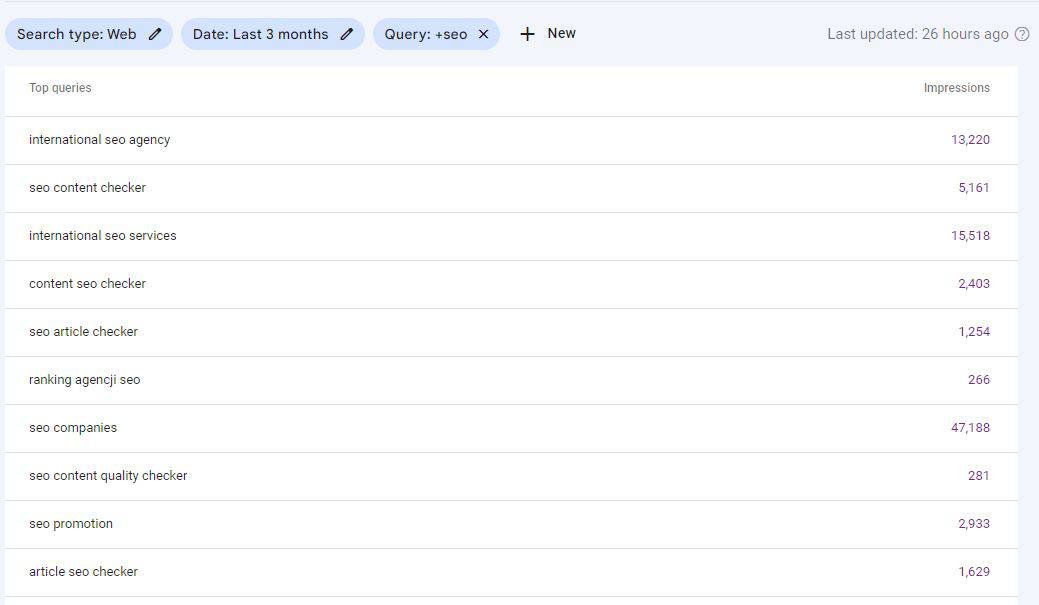
Establishing core topics and seed keywords is crucial to a powerful SEO strategy when optimizing your website’s content. Kick-start your keyword research with these actionable steps:
- Identify Your Niche’s Key Themes: Delve into your industry’s primary subjects and select a handful of relevant topics for your audience. For instance, in the fitness niche, core topics could include:
- Weight loss
- Muscle building
- Nutrition
- Home workouts
- Generate Seed Keywords: Build a strong foundation for your keyword research by listing seed keywords that encapsulate your core topics. Continuing with the fitness example, seed keywords may consist of:
- Exercise routines
- Healthy meal plans
- Workout equipment
- Fitness tips
- Expand Your Keyword Portfolio: Use seed keywords as a launchpad to discover related terms and phrases. Then, dive into keyword research tools, explore competitor sites, and examine audience feedback to uncover gems that can propel your SEO game.
By employing this comprehensive checklist, you’ll develop a robust keyword strategy that bolsters your website’s search rankings and captivates your target audience.
Spruce Up Your Content with Engaging Writing Techniques
Use these writing techniques to keep readers engaged and boost your SEO:
- Leverage short sentences and active voice for clarity and impact
- Incorporate idioms and phrasal verbs to craft a relatable tone
- Use spaced dashes for improved readability and visual appeal
- Structure your content with bullet points and subheadings for easy navigation
By blending your well-researched core topics and keywords with these proven writing techniques. This potent combination ensures you’ll stay ahead in the competition of SEO, driving organic traffic and fostering user engagement with your brand.
Unlock SEO Success: Analyze Competitor Keywords
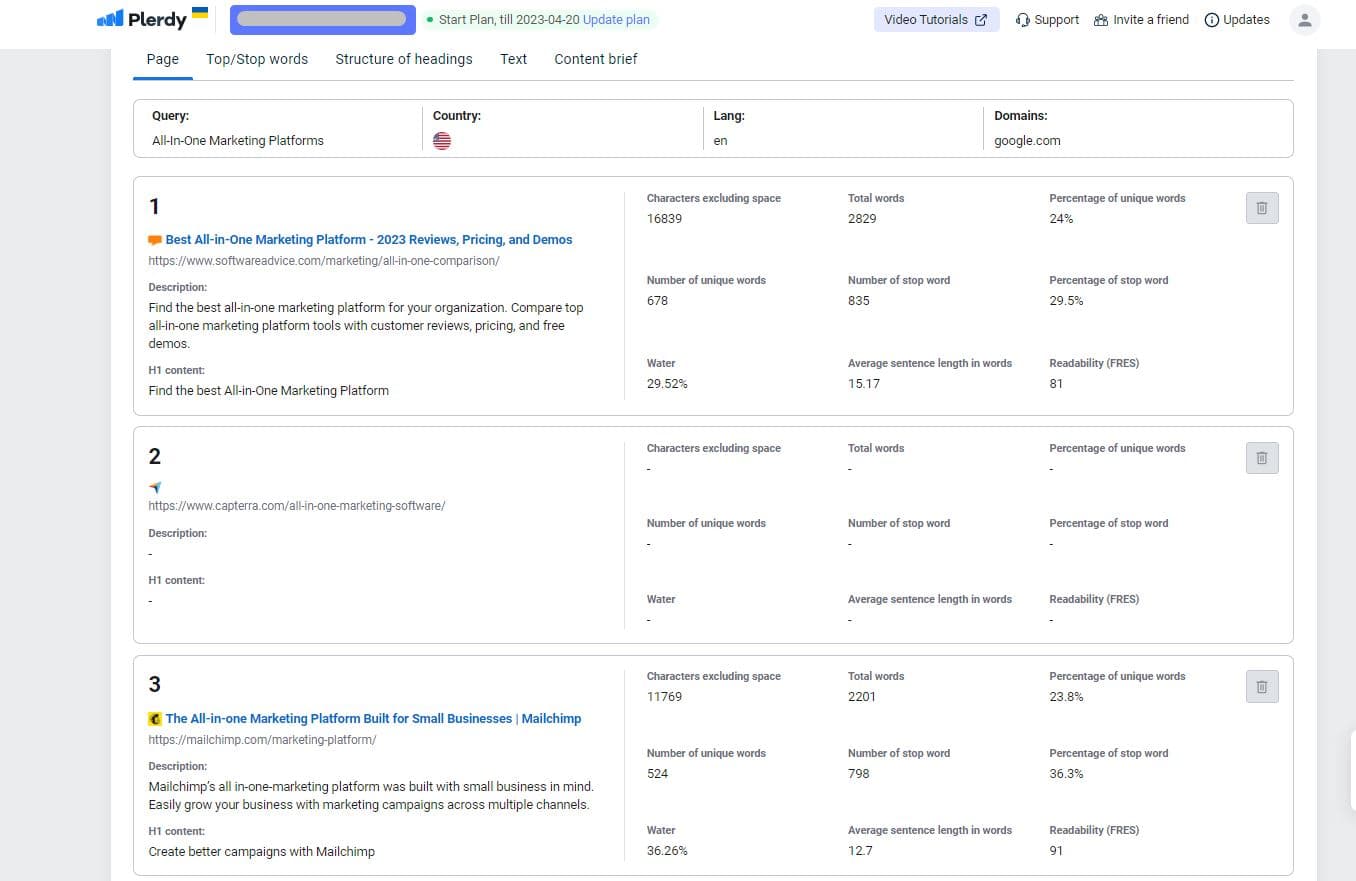
Staying ahead digitally requires a close analysis of your competitors’ keyword strategies. So dive deep into competitor analysis with these practical tips:
- Identify Your Top Competitors: Pinpoint businesses that rank well in your niche and target similar audiences.
- Dissect Their Keyword Choices: Examine their high-performing content to unveil the keywords driving their success.
- Spot Keyword Gaps: Uncover untapped opportunities where your competitors fall short, opening doors for your keyword conquests.
Plerdy SERP Checker: Your Secret Weapon for Competitor Analysis
Leverage Plerdy SERP Checker for efficient competitor keyword analysis. This cutting-edge tool offers invaluable insights, such as:
- Keyword rankings for both you and your competitors
- Search volume data for targeted keywords
- CPC and keyword difficulty metrics
- Trending keywords in your industry
By analyzing competitor keywords and employing these writing tactics, you’ll forge an SEO strategy that propels your website to the forefront of search rankings, capturing your audience’s attention and driving business success.
Supercharge Your SEO Strategy: Harnessing Keyword Research Tools
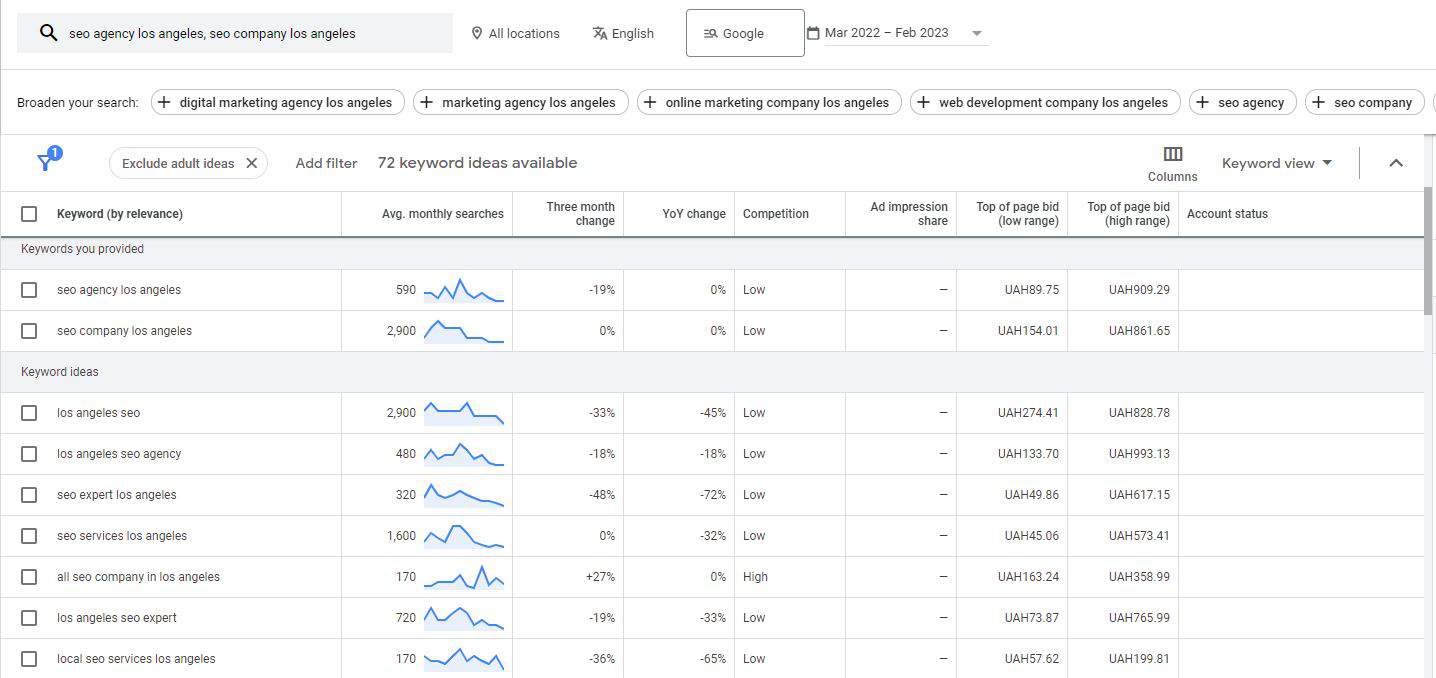
Begin content optimization by utilizing premier keyword research tools. These invaluable resources offer a wealth of data to refine your SEO strategy:
- Google Ads Keyword Planner: Discover new keyword ideas, assess search volumes, and estimate competition.
- SEMRush: Unveil competitors’ organic search strategies and unearth high-performing keywords.
- Ahrefs: Dive into keyword metrics, including search volume, keyword difficulty, and CPC.
Maximize Potential with Plerdy and Google Search Console Integration
Plerdy’s integration with Google Search Console unlocks a treasure trove of insights to elevate your SEO game.
Discover overlooked keywords to gain an edge over your competition:
- Connect your Plerdy account to Google Search Console.
- Access your website’s search performance data, such as clicks, impressions, and average position.
- Identify keyword gaps – search queries driving traffic to your competitors’ sites but not yours.
- Integrate these missing keywords into your content strategy, capturing untapped traffic and boosting search rankings.
Integrating these writing techniques with data-driven keyword research will create cool content that appeals to your target audience and boosts your search rankings. In the ever-competitive world of SEO, this winning combination will ensure your brand stands out, driving SEO traffic and fostering long-term success.
Focus on Long-Tail Keywords: Your Secret Weapon for SEO Success
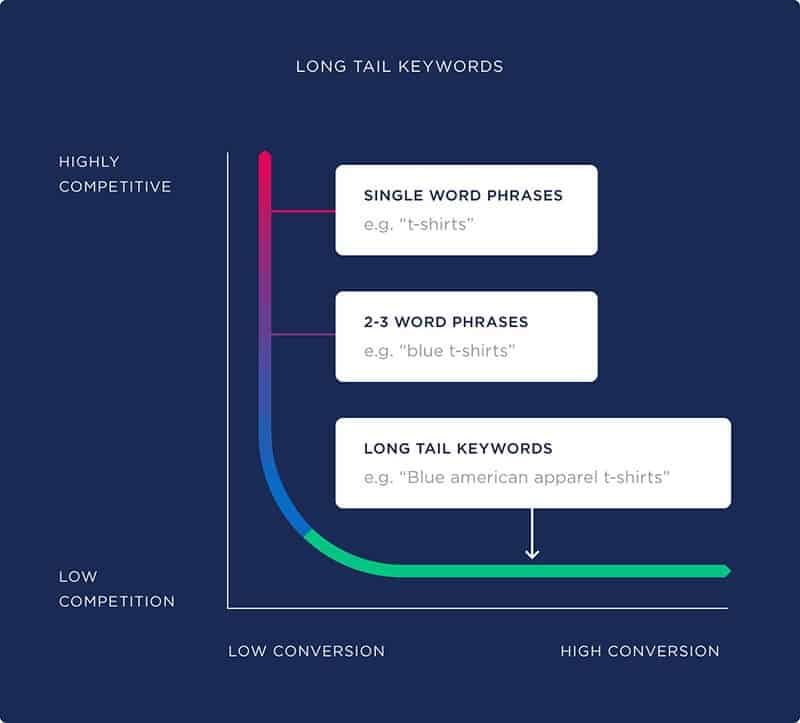
When it comes to keyword research, long-tail keywords are an essential asset. These multi-word phrases can be a game changer for your SEO strategy, providing unique advantages:
- Less competition: Long-tail keywords have lower search volumes, meaning fewer competitors are vying for the same audience.
- Higher conversion rates: People using long-tail keywords tend to be further along the buyer’s journey, increasing the likelihood of conversion.
To unlock the power of long-tail keywords, follow this straightforward checklist:
- Discover: Use keyword research tools like Google Keyword Planner, Ahrefs Keywords Explorer, or Moz Keyword Explorer to find long-tail keyword opportunities.
- Evaluate: Analyze search volume, competition, and relevance to ensure the chosen keywords align with your target audience and business goals.
- Incorporate: Seamlessly integrate long-tail keywords into your content, from headings and body text to meta tags and URLs.
For instance, imagine you run a bakery specializing in gluten-free products. Instead of targeting “gluten-free bakery” – a highly competitive keyword – focus on phrases like “gluten-free, vegan birthday cakes” or “gluten-free bread for sandwiches.” These long-tail keywords will help you stand out in a crowded market and attract customers ready to buy.
In summary, harnessing the potential of long-tail keywords can significantly benefit your SEO efforts. By following this simple checklist and example, you’ll be well on your way to outranking the competition and driving increased traffic to your website. Prioritizing long-tail keywords allows you to:
- Target niche markets: Reach specific segments of your audience searching for specialized products or services.
- Improve user experience: Create content tailored to your audience’s needs, making it more engaging and valuable.
- Boost organic search rankings: As long-tail keywords have less competition, ranking higher on search engines is easier, resulting in more visibility.
Remember, the key to long-tail keyword success lies in diligent research, strategic evaluation, and seamless incorporation into your content.
Mastering the Art of Assessing Keyword Difficulty and Search Volume
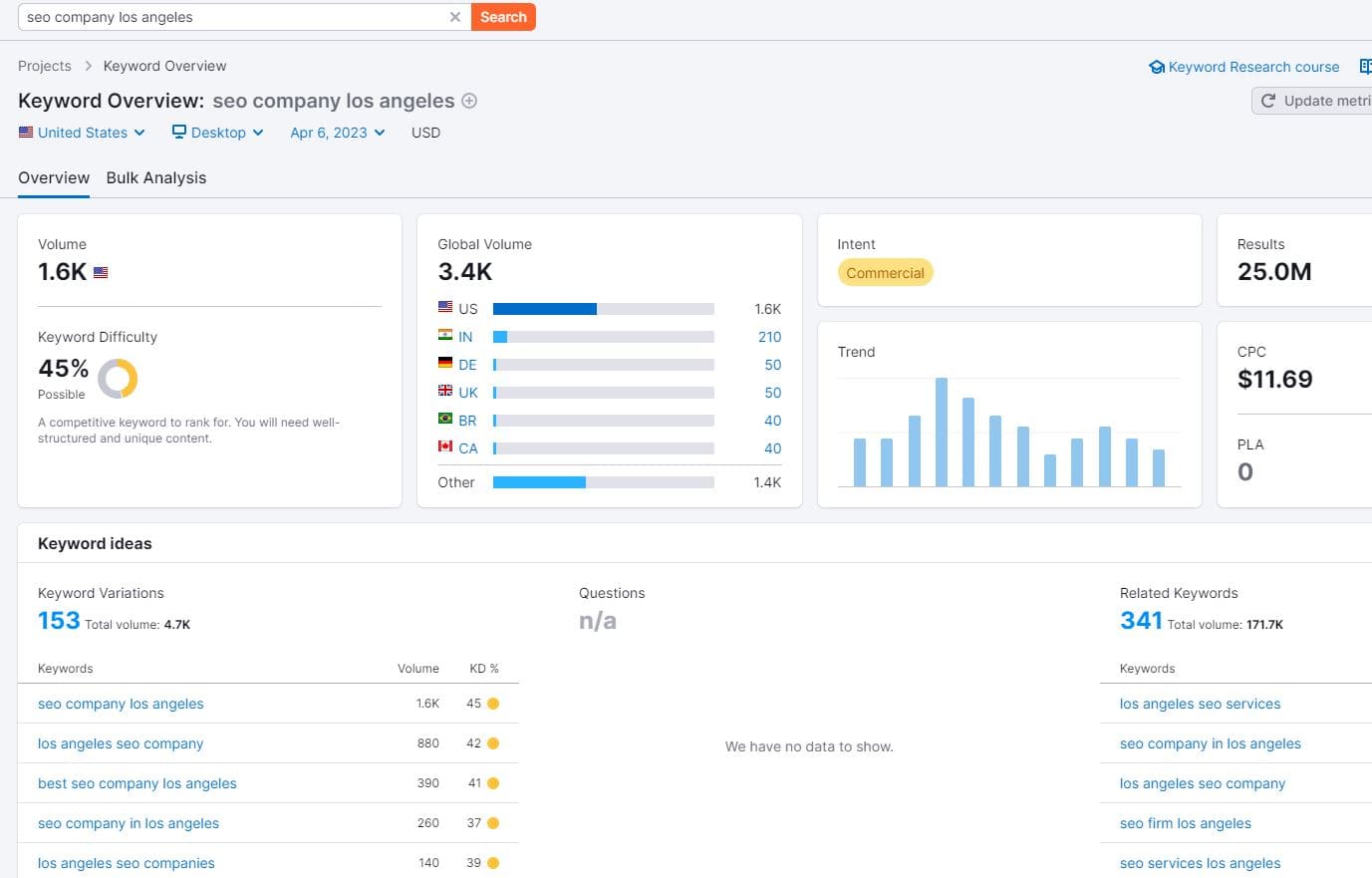
Evaluating keyword difficulty and search volume is crucial to optimize your SEO strategy. This process ensures you’re targeting achievable, high-impact keywords.
Key Metrics to Consider
When analyzing keywords, pay close attention to these essential factors:
- Keyword Difficulty: The level of competition for ranking on a specific keyword. Lower difficulty implies easier ranking.
- Search Volume: The number of monthly searches for a keyword. Higher volume indicates increased user interest.
Efficient Keyword Analysis Techniques
Unearth valuable keyword data with these proven methods:
- Leverage popular tools such as Ahrefs, Ubersuggest, SEMRush, or Moz to obtain comprehensive keyword metrics.
- Cross-reference your findings with Google Trends to identify seasonal fluctuations or emerging keyword trends.
- For an effective keyword strategy, balance difficulty and search volume for low-to-medium difficulty and moderate-to-high search volume.
Example: Tech Niche
Keyword: Best smartphones
- Keyword Difficulty: High
- Search Volume: High
Alternative Long-Tail Keyword: Best budget smartphones for students
- Keyword Difficulty: Medium
- Search Volume: Moderate
In the competitive world of SEO, a well-researched, balanced approach to keyword targeting is vital for success. By focusing on the sweet spot of low-to-medium and moderate-to-high search volume, capturing the attention of your target audience, and bolstering your online presence.
Embrace this data-driven method to propel your website to new heights, fostering user engagement and ultimately achieving your digital marketing goals.
User Intent: The Secret Ingredient for SEO Success
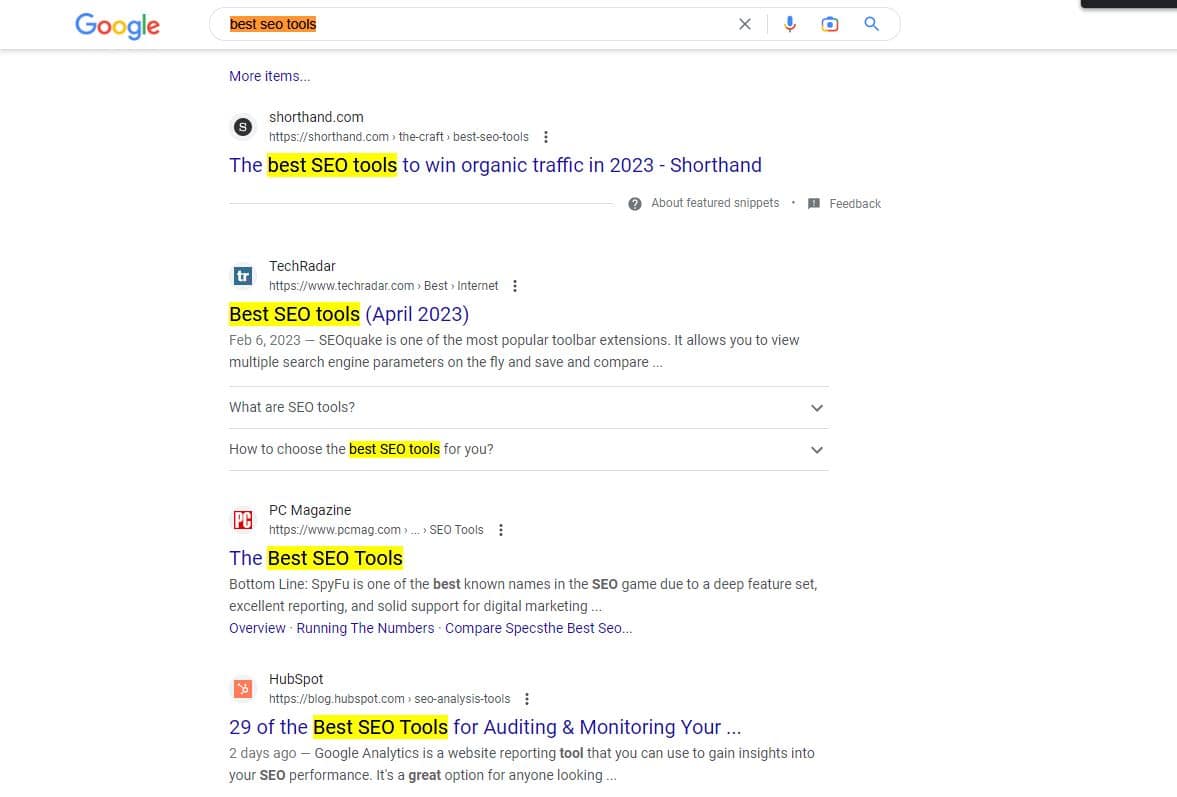
Recognizing and catering to user intent is essential to any SEO strategy. By understanding the purpose behind search queries, you can create content that fulfills user expectations and improves search rankings.
Types of User Intent
Search queries typically fall into one of these categories:
- Informational: Users seeking knowledge or answers
- Navigational: Users looking for a specific website or page
- Transactional: Users ready to make a purchase or complete an action
Aligning Content with User Intent
Use these steps to develop content that resonates with your audience:
- Analyze keywords for clues about user intent. Pay attention to words like “how,” “best,” or “buy” within search queries.
- Tailor content to match the identified intent, providing valuable information, seamless navigation, or a clear call-to-action.
- Optimize your content with relevant keywords, ensuring it aligns with user intent and ranks higher on search engines.
Example: Travel Niche
Keyword: Best hotels in Paris
- User Intent: Informational
- Content Strategy: Compile a list of the top hotels in Paris, including ratings, amenities, and reviews.
By considering user intent and adapting your content accordingly, you’ll forge a strong connection with your target audience. This tailored approach increases user satisfaction, drives organic traffic, and boosts your SEO traffic.
In the ever-changing world of SEO, focusing on user intent is a potent weapon for distinguishing your content from the competition. Marrying user intent with captivating writing techniques achieves your digital marketing objectives and propels your online presence to new heights.
Local and Voice Searches: The Future of SEO
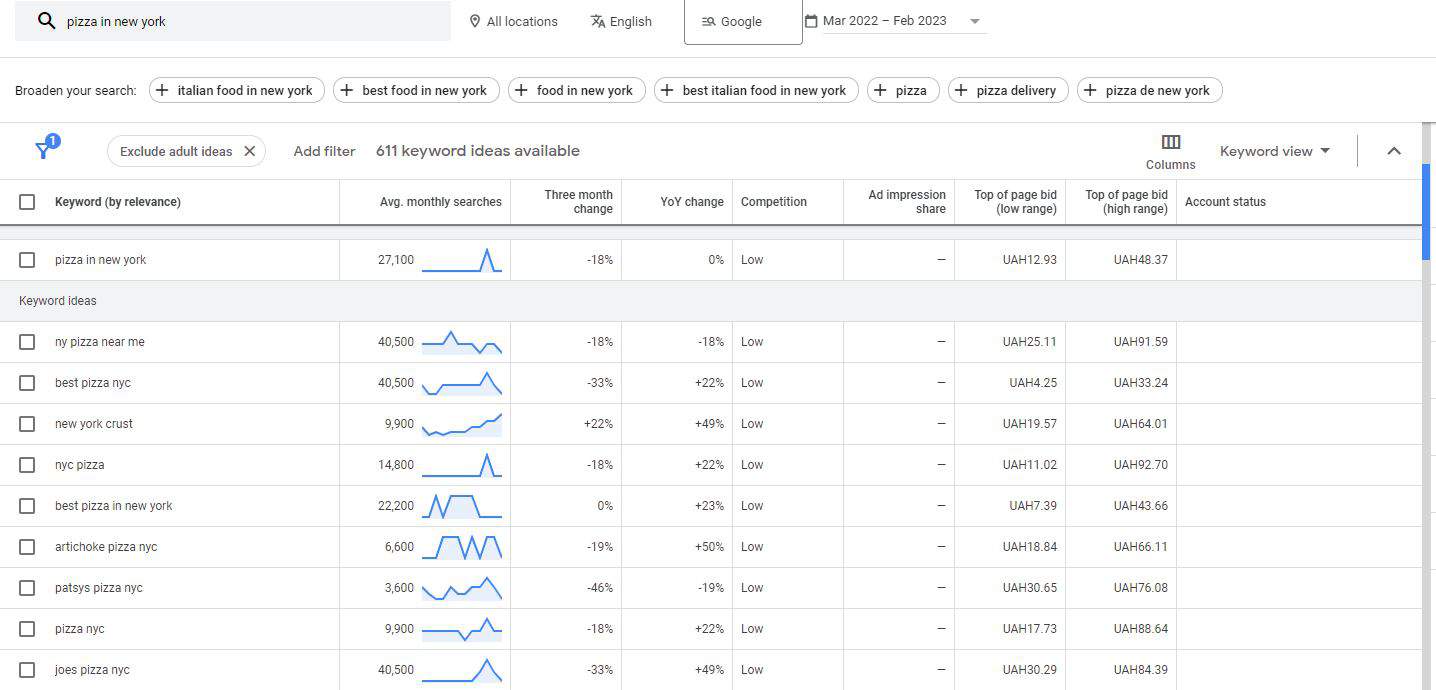
Embracing local and voice search optimization is crucial to stay ahead in the SEO game. By targeting location-based keywords and crafting content compatible with voice searches, you’ll capture more traffic and improve user experience.
Local Search Optimization Tips
- Include geo-targeted keywords (e.g., “New York dentist”)
- Create a Google My Business listing
- Obtain and manage online reviews
- Optimize content for mobile devices
Voice Search Optimization Techniques
- Target long-tail, conversational keywords
- Answer questions directly and concisely
- Structure content with clear headings and bullet points
Example: Pizza Place
Local keyword: “best pizza in Brooklyn” Voice Search Query: “Where can I find the best pizza in Brooklyn?”
Include local keywords in your content and respond to voice queries directly and informatively. As a result, your content will rank higher and cater to users seeking local options via voice searches.
Adapting your SEO strategy to include local and voice searches will ensure your content remains relevant and engaging, meeting the evolving needs of your audience and solidifying your online presence.
Keyword Performance: Measure, Adapt, Succeed
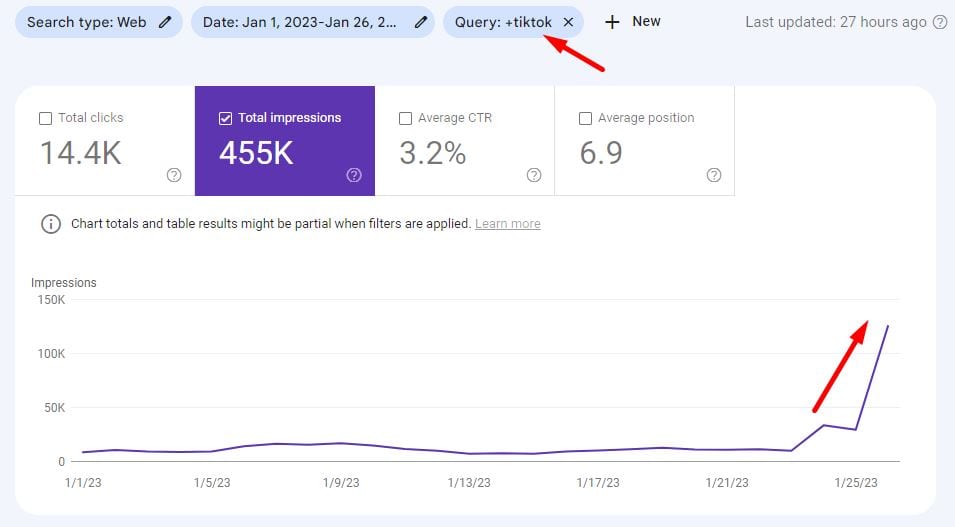
Regularly tracking and assessing keyword performance is crucial for SEO success. By closely monitoring your keywords, you’ll gain valuable insights and make data-driven adjustments to stay ahead of the competition.
Key Performance Indicators
- Keyword rankings
- Organic traffic
- Click-through rates (CTR)
- Conversion rates
Efficient Tools for Tracking
- Google Analytics 4
- Google Search Console
- Ahrefs
- SEMrush
- Ubersuggest
- Plerdy
Example: Online Shoe Store
Suppose your target keyword is “running shoes for women.” After tracking its performance, you discover that it ranks on page two of search results, garners low CTR, but has a high conversion rate. To optimize further:
- Create in-depth, relevant content
- Earn high-quality backlinks
- Improve meta titles and descriptions
Consistently tracking and evaluating keyword performance empowers you to refine your SEO tactics. By staying on top of changes and adapting your approach, you’ll maximize the potential of your SEO keywords, driving increased traffic and conversions and ultimately boosting your online success.
FAQs
What Are Keyword Research Tools?
Keyword research tools help you find keywords that are relevant to your content. They show search volume, competition, and trends.
Why Is Keyword Research Important?
Keyword research is crucial because it guides your content strategy, ensuring you target terms your audience is searching for.
How Can You Do Keyword Research?
You can do keyword research by using tools like Google Keyword Planner, identifying your audience’s search terms, and analyzing competitors.
Can ChatGPT Do Keyword Research?
ChatGPT can assist with keyword research by generating ideas and suggesting potential keywords based on your content goals.
Can You Outsource Keyword Research?
Yes, you can outsource keyword research to SEO professionals or agencies specializing in digital marketing.
How to Keyword Research for SEO?
For SEO, use tools to find keywords with high search volume and low competition, and analyze what competitors rank for.
What’s Keyword Research?
Keyword research involves finding words and phrases people use in search engines related to your content or business.
Which Keyword Research Tool Is Best?
The best tool varies by need, but popular ones include Google Keyword Planner, Ahrefs, SEMrush, and Moz.
How Long Does Keyword Research Take?
The time for keyword research varies but can take a few hours to several days, depending on the project’s complexity.
Where to Do Keyword Research?
You can do keyword research online using SEO tools, search engine results, and analyzing data from your website analytics.
Bottom Line
A 10-point checklist can help you identify keywords to increase your website’s organic traffic. By filtering and analyzing the data you collect, you can choose the right keywords with the right density to help your website appear on search engine results in pages.
It’s important to remember that keyword research is an ongoing process for SEO specialists. You’ll need to revisit your list regularly to ensure that your website still ranks for the right terms. You can use tools like Plerdy to track (CX & UX) your website’s progress and make any necessary changes.
Ensure your titles and descriptions are descriptive and keyword-focused. Also, remember to include internal links and optimize your robots.txt file to ensure Google crawlers can index your site properly.
Creating valuable articles, images, and other media people want to read, and share can also help your website rank higher.
After reading this post, you can start your keyword research! And if you need help figuring out where to start, contact the experts at KnotSync for advice and assistance.
